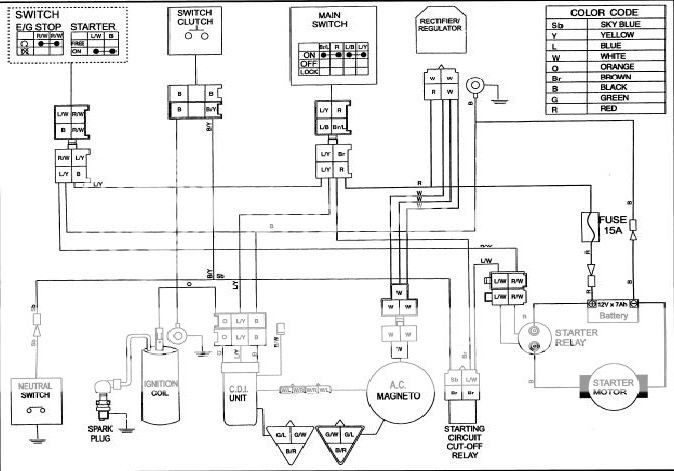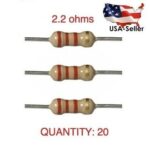A Capacitor Discharge Ignition (CDI) unit is a crucial component of a motorcycle’s electrical system, responsible for providing the spark that ignites the fuel-air mixture in the engine. Understanding its wiring, particularly the common 5-pin configuration, is essential for troubleshooting and maintenance. This article delves into the 5 Pin Cdi Diagram, common issues, and potential solutions. A faulty CDI can lead to various problems, from poor engine performance to complete failure to start.
Common CDI Problems and Troubleshooting
CDI units, especially in certain Chinese motorcycles, can be prone to failure. Carrying a spare CDI unit is a wise precaution for any rider, enabling quick troubleshooting and minimizing downtime. A spare also allows you to continue riding while waiting for a replacement part if your CDI malfunctions.
Beyond the CDI, other components within the ignition system can also fail. The stator and pickup coil, often submerged in hot engine oil, are particularly vulnerable. Over time, the oil can degrade the varnish insulating the wire coils, leading to short circuits and impacting engine performance.
If a spare CDI doesn’t resolve the issue, testing the resistance of the stator and pickup coil is the next logical step. Referencing a service manual or online resources for specific resistance values for your motorcycle model is critical.
http://www.chinariders.net/showthread.php?p=152756#post152756
Experiences with a Zongshen 200GY-2 demonstrate the impact of these components. Replacing a faulty stator and pickup coil resulted in noticeable improvements in fuel efficiency and smoother engine operation across the RPM range.
Yamaha Compatibility with Zongshen Parts
Interestingly, Zongshen stator and pickup coil components have proven compatible with certain Yamaha motorcycles, offering a cost-effective alternative to expensive OEM parts. A successful conversion on a 2004 Yamaha TT-R225, using Zongshen parts and requiring a switch to a Zongshen CDI, highlights this compatibility. The cost savings were significant, with Zongshen parts totaling considerably less than the $500 price tag for Yamaha replacements.
The Zongshen components fit seamlessly within the Yamaha stator cover, requiring only correct wiring connections to achieve optimal performance. This compatibility extends to other Yamaha models, including the XT200, TW200, XT225, TT-R225, and TT-R230.
Wiring and Resources
Implementing a Zongshen CDI often involves utilizing a specific wiring harness. This harness is commonly used in Lifan 150cc pit bikes and is readily available online through platforms like eBay. Ensuring proper wiring connections is crucial for the successful operation of the CDI and the entire ignition system. Referring to a wiring diagram specific to your motorcycle model is paramount.
Conclusion
Understanding the 5 pin CDI diagram and its related components is essential for maintaining and troubleshooting your motorcycle’s ignition system. While CDI units can fail, affordable and compatible alternatives often exist, as demonstrated by the Zongshen and Yamaha example. Always prioritize proper wiring and consult specific diagrams for your motorcycle model to ensure optimal performance and reliability.

